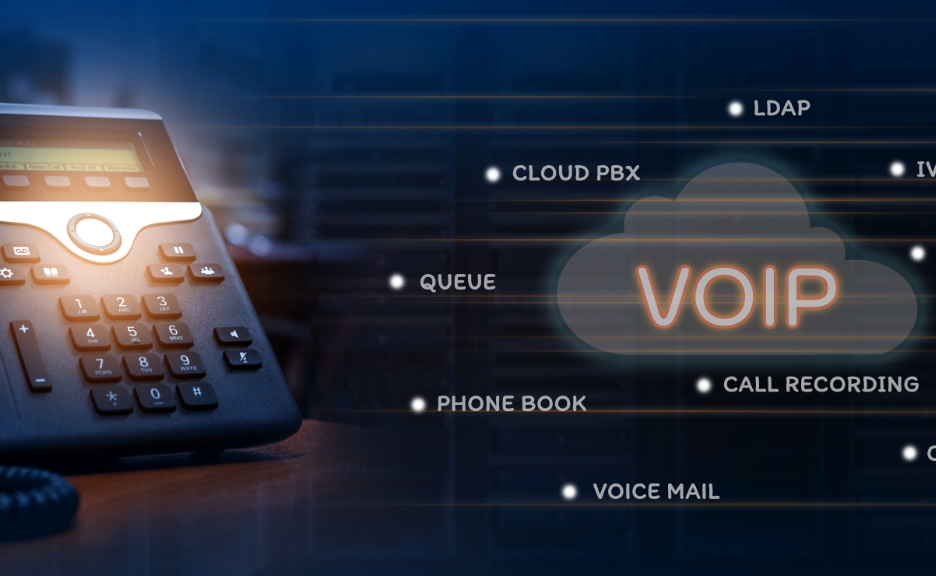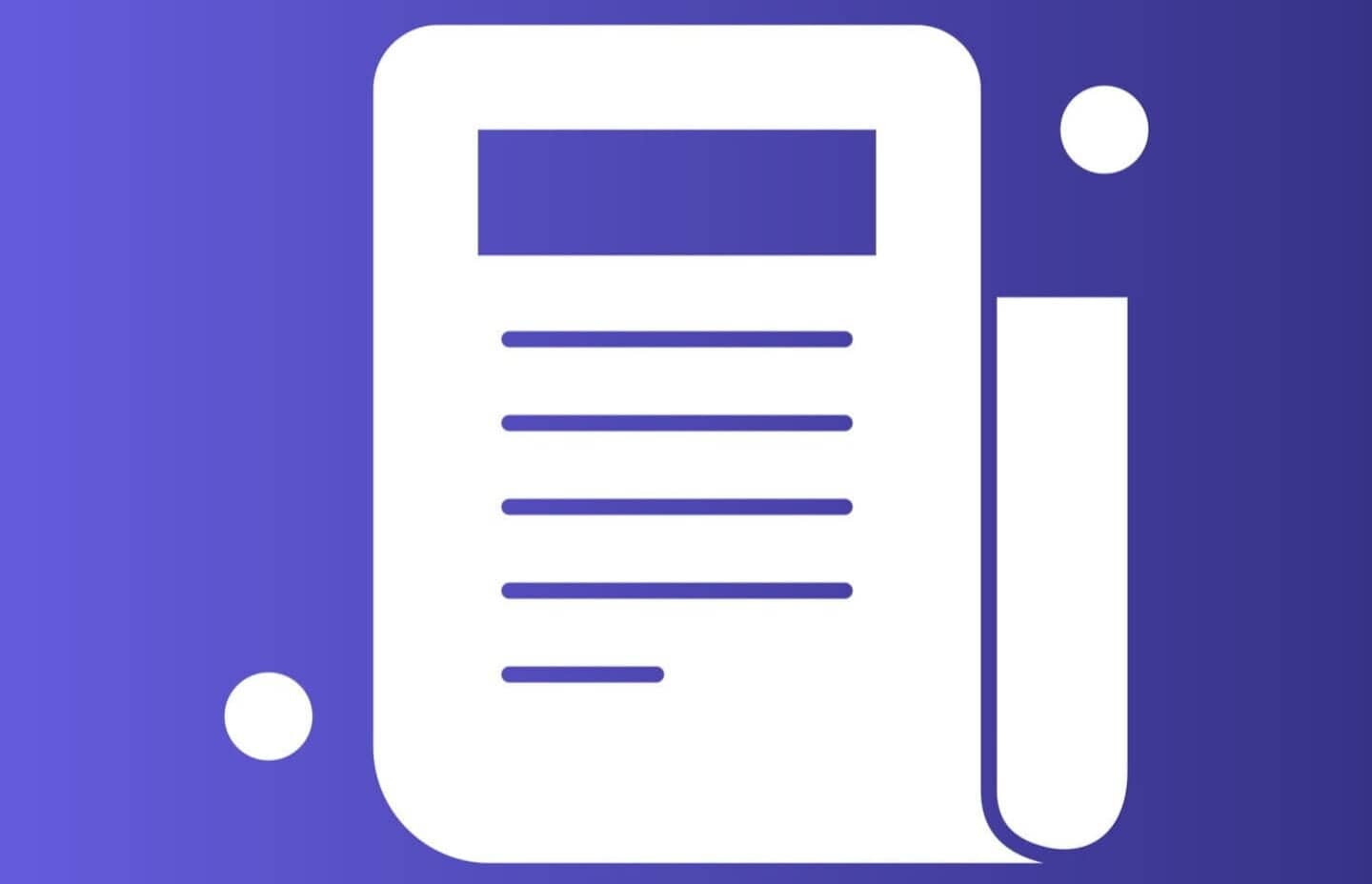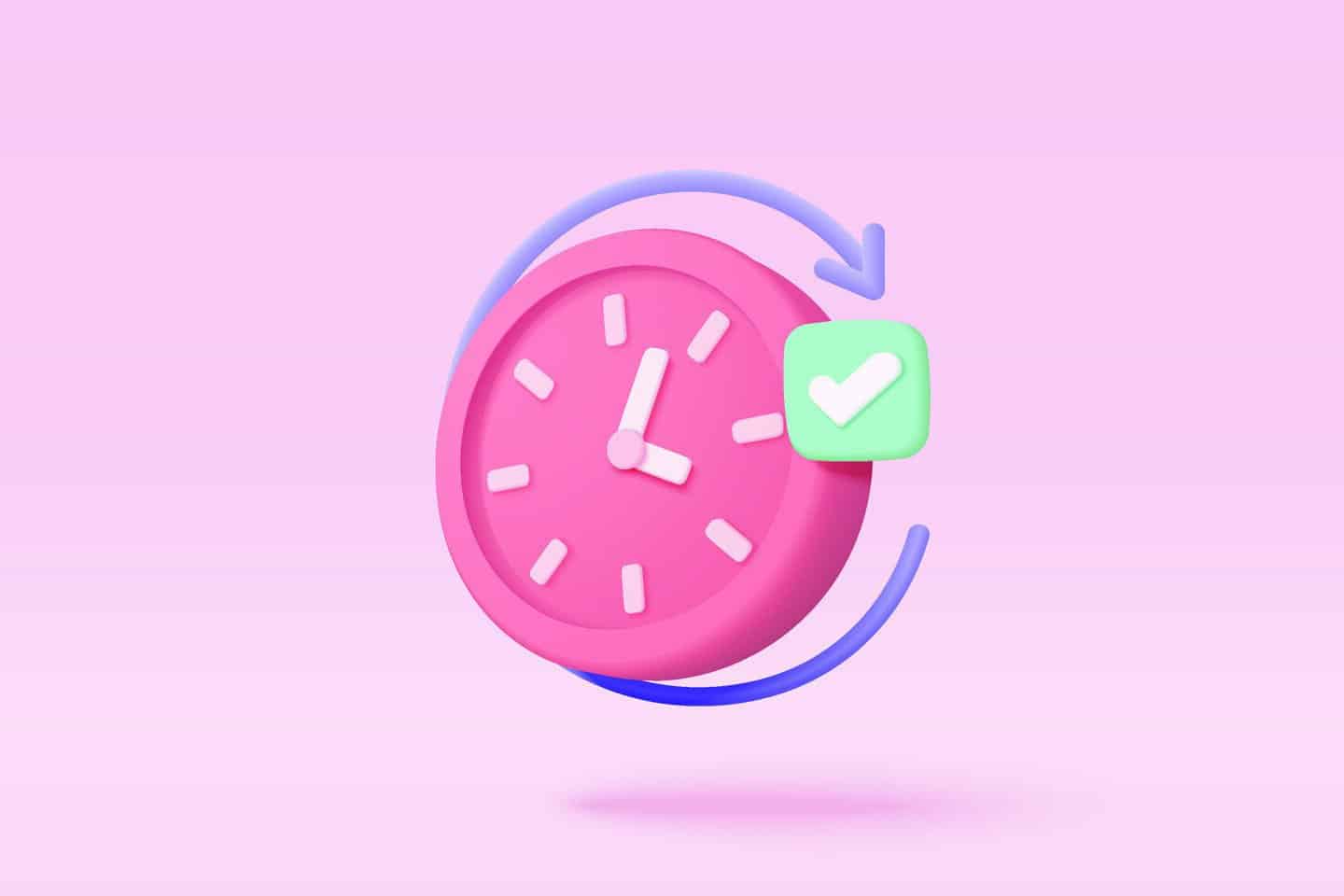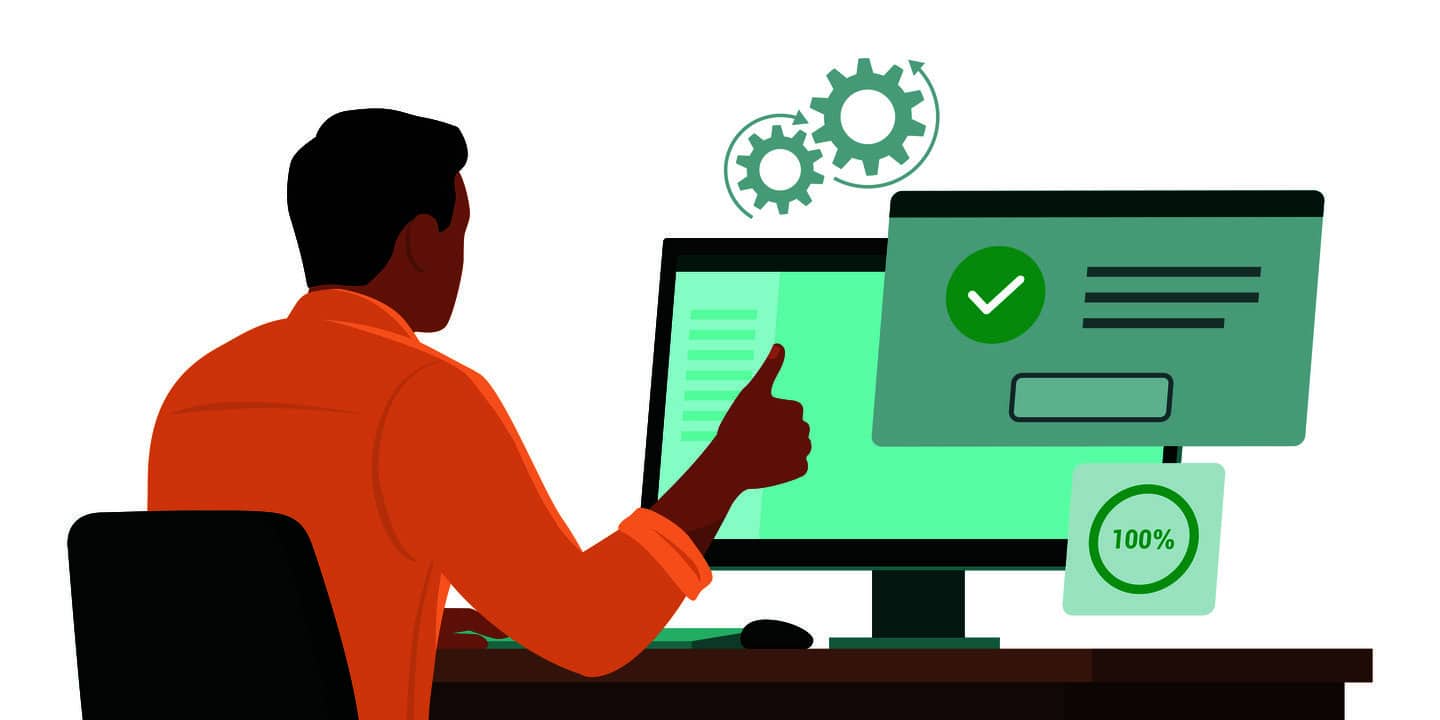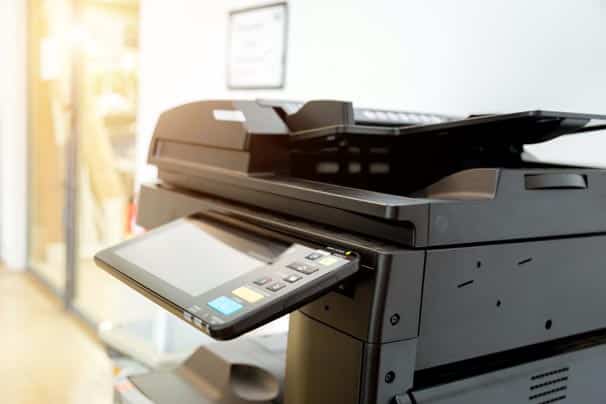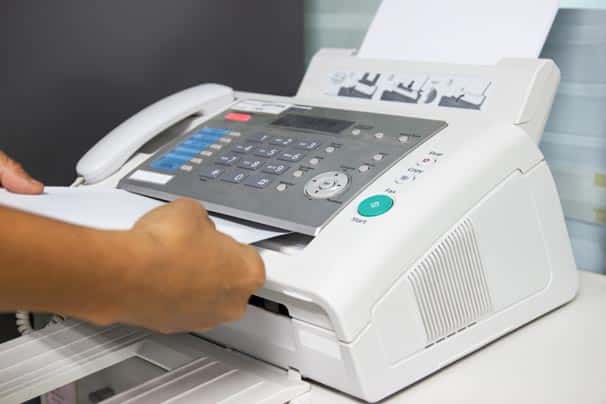Online Fax
What Is Cloud Faxing?

What is a Cloud Fax?
As its name implies, cloud faxing is 100% cloud-based. Cloud Fax empowers you to send and receive faxes through an Internet fax service provider’s cloud-based platform. With this service, documents are sent and received over the internet instead of a traditional telephone line.
However, you don’t have to store data locally with cloud faxing. Instead, your fax information gets stored on a cloud-based fax server. In this way, cloud faxing is a reliable service that can help you meet your business needs.
How Does Cloud-Based Faxing Work?
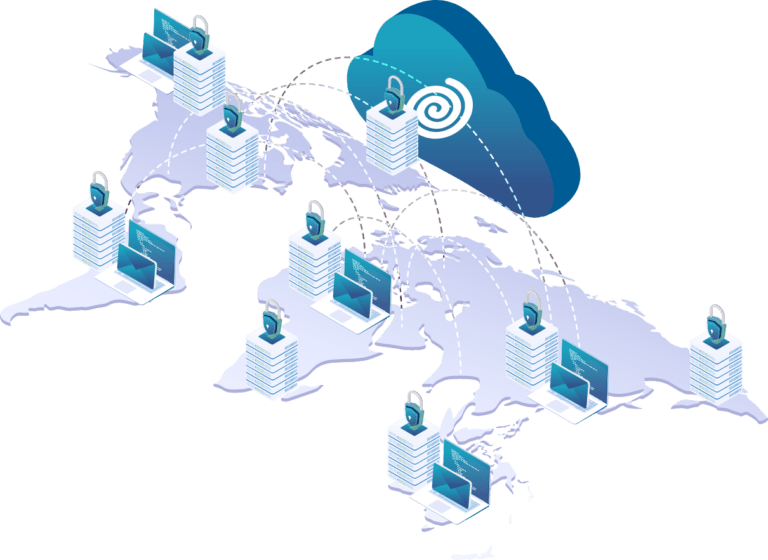
The fax-to-cloud process is quick and easy and can be done from any device, from anywhere, with no fax machine or office space required.
To send a cloud fax, you’ll first need to create an account. You can do so by downloading your fax app or opening your online fax service in a web browser. After creating your account:
- Select your document and add a fax cover sheet.
- Add the fax number of your recipient or select one from your saved numbers in your account.
- Hit send, and your fax is instantly sent to the recipient.
Understanding the Cloud
Cloud computing is a catchall term for services hosted using the internet. These services include:
- Infrastructure as a service (IaaS)
- Platform as a service (PaaS)
- Software as a service (SaaS)
Cloud computing enables devices to access data and applications using the internet. Providers deliver cloud-based fax services using remote computers, databases and servers.
Understanding Cloud Fax Services
Cloud faxing is a SaaS offering people may describe in several ways. For instance, you may hear it called “Fax to cloud” or “Online cloud fax”. Cloud faxing works with various operating systems, including:
- Windows
- macOS
- Android
- iOS
The Benefits of Cloud Faxing

A cloud fax service offers a number of clear benefits over traditional faxes. First off, you’re no longer tied to a machine that needs upkeep and maintenance—not to mention the associated costs—or that requires you to be in the office to use it. Instead, you can send faxes from anywhere, at any time, as long as you have access to the cloud.
As your business grows and you find that you need to send more faxes, cloud faxing enables you to scale your faxing capabilities with ease. Whether you need to add more users to your online fax account or scale the number of faxes you’re sending out, an online fax service eliminates many of the hurdles you’d face with a traditional fax machine, like increased maintenance, the need for additional machines or the domino effect of downtime.
Boosting Business Productivity with Cloud Faxing
Small changes can make significant productivity improvements. The biggest benefit you’ll notice with cloud faxing is increasing your team’s productivity. Enterprise cloud fax solutions simplify the process of sending essential faxes. They also eliminate problems like receiving junk faxes.
All cloud fax documents are digital. There’s no need to shuffle papers. You also don’t have to waste time refilling empty ink cartridges or servicing a broken fax machine.
In addition, cloud faxing reduces transmission time drastically. You can send and receive cloud faxes nearly instantaneously. Because there are no delays with cloud faxes, your team can get more done more quickly.
Simplification Equals Improved Productivity
For many companies, fax volume is on the rise. However, enterprises are moving away from traditional fax machines and complex server infrastructures and embracing cloud fax services.
Cloud-based fax services are very desirable for organizations. They simplify the work environment dramatically. Also, they empower organizations to eliminate the on-site complexity of software and hardware for fax telephony. At the same time, enterprise cloud fax solutions have all the capabilities of an on-site corporate fax server.
With these points in mind, the only thing you need to consider when choosing a cloud fax solution is the reputation of your service provider over time. At eFax, we’ve earned a stellar reputation serving business faxing needs for more than two decades.
Keeping Your Digital Documents Safe
The eFax Protect plan offers advanced security encryption, which provides maximum security for your confidential and essential faxes. With AES 256-bit encryption, you don’t receive faxes in your email inbox. Instead, you’ll receive a notification email from the MyPortal Messenger Center. AES 256-bit encryption is a fast and super-secure method for retrieving your cloud fax documents.
Secure Storage for Corporate Communication
Most cloud fax services are secure and modern. They also provide a way for users to store, access and manage digital faxes.
However, enterprise-grade cloud faxing offers added advanced features. For instance, it gives you and your team an online dashboard. You can easily and securely see where you stored all your past fax communications using the dashboard. This tool offers an easy way to search for documents and sort through fax transmission records.
The Benefits of Cloud Migration

In recent years, cloud computing has rapidly grown in popularity. Spurred by a desire to reduce IT costs, increase efficiency and improve flexibility, more businesses are opting to move their infrastructure to the cloud. In fact, by 2025, experts predict that 85% of enterprises will have a cloud-first approach.
Migrating data to the cloud offers a number of benefits, including:
- Streamlining of business operations.
- Access to a variety of online tools, such as internet-based phone services and online cloud fax solutions.
- A more secure, affordable and scalable solution for businesses of all shapes and sizes.
What Is Enterprise Cloud Migration?
The way that companies share data internally has changed drastically over the past several decades. Before computers became widely available, paper copies and filing cabinets allowed companies to create, collaborate on and store information.
As files became digitized, the space required to store them and how quickly they could be duplicated and shared changed. Companies began relying on in-house databases, as well as tools like copiers and scanners that made it possible to move their files to the cloud.
The cloud is the next revolution in how businesses operate. Enterprise cloud is a computing model that enables businesses to store their data online, streamline their digital infrastructure, access virtual IT services and take advantage of online services like faxing. This latest revolution in how data is stored, used and shared allows for faster, more streamlined workflows and lets employees collaborate from anywhere.
What Is Driving Cloud Migration?
The many benefits of cloud migration are spurring the growing number of businesses making the move.
- Having your business’ data stored on the cloud and providing access to automation services makes it faster and easier for employees to get access to the tools and data they need.
- The cloud streamlines collaboration, so employees from around the world or in separate offices down the street can work together more effectively.
- Moving from an on-site storage solution to cloud-based storage offers major cost savings.
- As your business grows, scaling your cloud resources is easier, as well as more flexible, than with other storage solutions.
- Cloud expenses can be adjusted to fit your business’s current budget.
- Most cloud infrastructure options today provide top-notch security to keep your business’s sensitive data safe from the growing threat of ransomware and other forms of malware.
What Are Some of the Common Cloud Migration Challenges?
Making the move to the cloud offers plenty of clear benefits. But this doesn’t mean that businesses won’t face some roadblocks along the way. Which challenges your business may face will depend on your unique situation, as well as your strategy for migrating. Some common challenges businesses face include:
- Lacking a clear strategy from the start, which means that different applications and sets of data are then being migrated individually. This can cause delays and slow down the process.
- Not having a plan can also cause costs to swell, as new tech and applications are added as needed without considering overall spending.
- Depending on the industry, another big challenge may be ensuring compliance during the transition to the cloud. For instance, HIPAA privacy rules require that extra care is taken to ensure data security and compliance at all times, including when migrating data to the cloud.
What Does the Cloud Migration Process Look Like?
Much like the challenges that businesses face, the cloud migration process will vary for each. But to guarantee a smooth transition, businesses should follow some similar steps when moving to the cloud.
Step 1: Planning
The first step is to create a cloud migration plan. Planning ahead helps you clarify your company’s “why” for moving to the cloud. With this information solidly in place, you can then make decisions about which applications or technology to invest in, which data needs to be transitioned first and what security measures you may need for data protection.
This approach can help with cost optimization, as your business can take the time to consider which applications and services to invest in first, and which can wait.
Step 2: Migration
The next step is the migration itself. With a plan in place, you can transition each department or data set individually and smoothly, and be ready for each set as it comes.
Step 3: Upkeep
The final step in a successful cloud migration strategy is to have a plan in place for ongoing upkeep. Having the right cloud migration tools is essential to ensuring that data is safe and secure and that your business’s workflow isn’t interrupted during the process. This includes having a backup system in place to protect you from data loss, as well as a security suite to safeguard your data and infrastructure from malicious actors.

Moving to Cloud Faxing
Whether your business is looking to cut costs or preparing for future growth, making the move to the cloud is an important step. If you’ve already migrated, now is a great time to consider adopting cloud faxing as well. It’s easy to switch to eFax cloud faxing services.
Find out today how eFax can enhance your document workflow. Claim your eFax number today!




